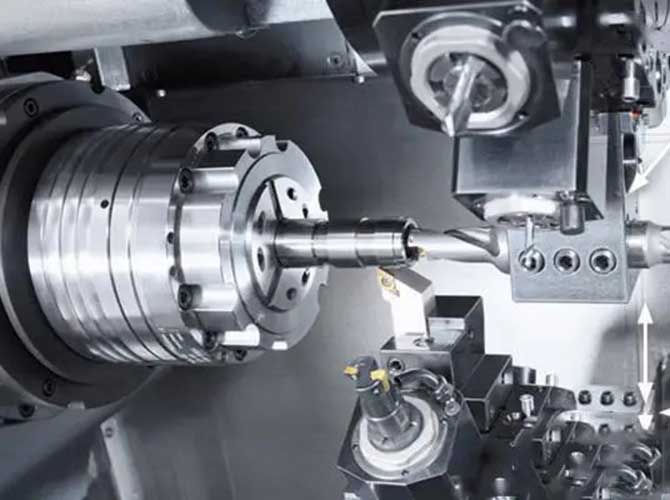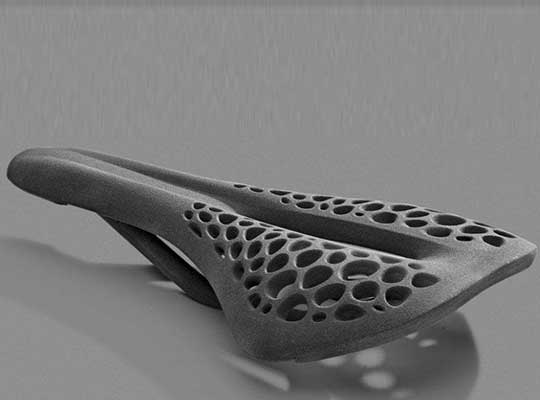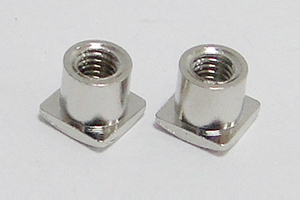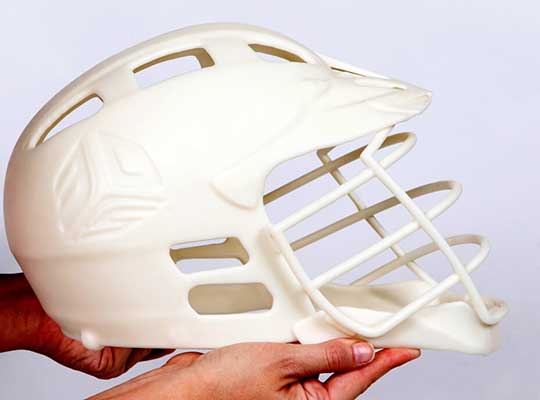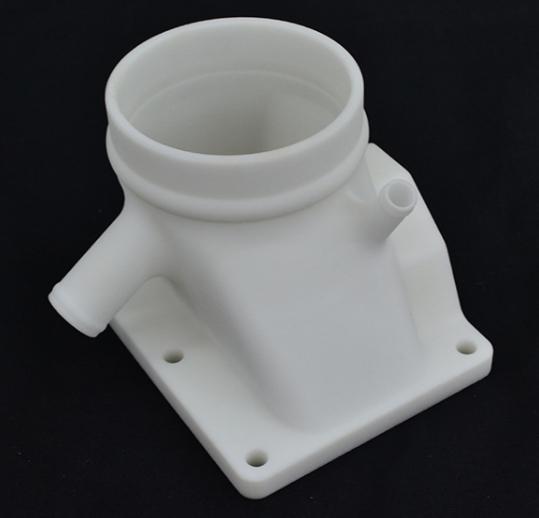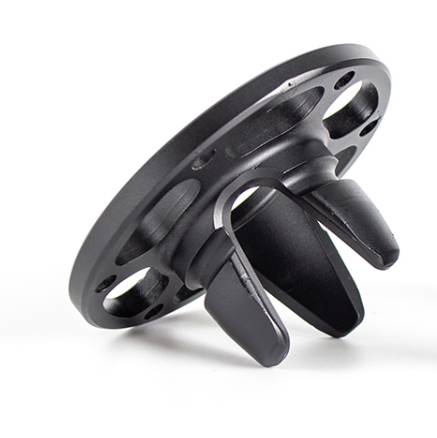Stainless shoulder screws are essential fasteners in precision engineering, offering unique versatility for alignment, spacing, and load-bearing applications across industries. With their distinct unthreaded shoulder design—larger in diameter than the threaded portion—these screws provide stable mounting surfaces while ensuring secure fastening. Dalam panduan ini, we’ll explore everything from material specifications and types to installation tips and sourcing strategies, helping you select the right stainless shoulder screws for your project.
What Are Stainless Shoulder Screws?
Stainless shoulder screws (also called stripper bolts) are specialized fasteners featuring three key sections: a precision-machined unthreaded shoulder, a threaded end for securing into a substrate, and a drive head for installation. The shoulder acts as a spacer or pivot point, maintaining precise alignment between components, while the stainless steel construction ensures durability and corrosion resistance.
Unlike regular screws or bolts, their unique design offers:
- Lancar, unthreaded shoulder for rotational or sliding movement
- Consistent spacing between connected parts
- High load-bearing capacity on the shoulder surface
- Compatibility with precision assemblies requiring tight tolerances
Material Specifications: Why Stainless Steel Matters
Stainless steel is the material of choice for shoulder screws due to its balance of strength, Rintangan kakisan, dan keberkesanan kos. The most common grades used are:
1. AISI 304 Stainless Steel
- Sifat utama: Contains 18% chromium and 8% Nikel, offering excellent corrosion resistance in mild environments.
- Hardness: Typically 150–200 Brinell, providing good strength for general applications.
- Applications: Ideal for indoor, dry, or lightly exposed environments like electronics, machinery, and furniture.
2. AISI 316 Stainless Steel (Less Common in Standard Offerings)
- Sifat utama: Includes molybdenum for enhanced resistance to saltwater, bahan kimia, and high humidity.
- Terbaik untuk: Marine, perubatan, or industrial applications with harsh conditions.
All stainless shoulder screws in the ISO 7379 standard (like those featured here) gunakanAISI 304 Keluli tahan karat, ensuring RoHS compliance and suitability for most commercial and industrial uses.
ISO 7379: Standard Specifications for Stainless Shoulder Screws
TheISO 7379 standard defines critical dimensions and tolerances for stainless shoulder screws, ensuring interchangeability and reliability. Key specifications include:
| Metric Size (d2) | Collar Diameter (d1) | Shoulder Length (l1) Range | Thread Length (l2) | Drive Size (A/F) |
|---|---|---|---|---|
| M3 | 0.1575 in | 0.16–0.63 in | 0.12 in | 2 mm |
| M4 | 0.1969 in | 0.20–0.98 in | 0.16 in | 2.5 mm |
| M5 | 0.2362 in | 0.39–2.36 in | 0.18 in | 3 mm |
| M6 | 0.3150 in | 0.63–2.36 in | 0.22 in | 4 mm |
| M8 | 0.3937 in | 0.63–3.94 in | 0.28 in | 5 mm |
| M10 | 0.4724 in | 0.63–3.94 in | 0.35 in | 6 mm |
| M12 | 0.6299 in | 1.18–3.94 in | 0.43 in | 8 mm |
Toleransi: The collar diameter (d1) features tight tolerances of -0.0006/-0.002 inci, ensuring precise fit in holes. Shoulder length (l1) has a tolerance of +0.01 inci, critical for consistent spacing.
Types and Variations of Stainless Shoulder Screws
Stainless shoulder screws come in several configurations to suit different applications:
1. Drive Types
- Hex Socket (Allen) Drive: The most common type, using a hex key for installation. Offers high torque transfer and is ideal for recessed applications.
- Slotted Drive: Less common but useful for simple, low-torque assemblies.
- Phillips Drive: Suitable for manual installation in light-duty applications.
2. Head Styles
- Cylinder Head: Standard design with a flat top, used in most general applications.
- Button Head: Rounded top for aesthetic or safety purposes (reduces snagging risk).
- Countersunk Head: For flush mounting in surfaces where protrusions are undesirable.
3. Special Features
- Knurled Head: Optional textured head for better grip during hand tightening (available under ISO 7379).
- Custom Lengths: Manufacturers offer tailored shoulder lengths for unique projects (Mis., 1/8” to 3/8” for 4-40 thread sizes).
Applications Across Industries
Stainless shoulder screws excel in applications requiring precision, Rintangan kakisan, and reliable performance:
1. Automotif
Used in suspension systems, door hinges, and dashboard assemblies for alignment and pivot points. Their corrosion resistance prevents rust in undercarriage components.
2. Aeroangkasa
Critical for aircraft interiors, avionics mounting, and structural brackets. The tight tolerances ensure safety-critical parts maintain alignment under vibration.
3. Peranti perubatan
Ideal for surgical tools, diagnostic equipment, and hospital furniture. AISI 304 stainless steel meets biocompatibility standards and resists cleaning chemicals.
4. Elektronik
Secure circuit boards, kandang, and connectors. The non-threaded shoulder protects delicate components from over-tightening damage.
5. Industrial Machinery
Used in robotics, conveyors, and assembly lines for bearing supports and linear motion guides. The smooth shoulder reduces friction in moving parts.
Installation and Fastening Best Practices
Proper installation ensures stainless shoulder screws perform optimally:
1. Pre-Installation Preparation
- Drill the Shoulder Hole: Match the hole diameter to the collar (d1) for a slip fit; use a reamer for tight tolerances if needed.
- Tap the Thread Hole: Ensure the threaded portion (d2) matches the tap size (Mis., M3 requires a 3mm tap).
2. Torque Specifications
- Maximum torque is limited by the shoulder-to-thread transition (weaker than the shoulder itself). For M3 screws, avoid exceeding 5 ft-lbs; M8 screws can handle up to 30 ft-lbs.
- Use a torque wrench to prevent over-tightening, which can strip threads or deform the shoulder.
3. Thread Locking
For high-vibration applications, applythread-locking compound (Mis., Loctite) to prevent loosening. Avoid over-application, as excess can seep into the shoulder area.
4. Alat yang diperlukan
- Hex keys or Allen wrenches (match drive size A/F from the table above).
- Torque wrench for precision applications.
- Thread tap and drill bits for hole preparation.
Maintenance and Corrosion Prevention
Stainless steel resists corrosion, but proper care extends lifespan:
- Pembersihan: Use mild soap and water; avoid abrasive cleaners that damage the passive chromium oxide layer.
- Pelinciran: Apply dry lubricant (Mis., graphite) to the shoulder if used in sliding applications to reduce wear.
- Inspection: Check for loosening quarterly in high-vibration environments. Replace if threads show damage or corrosion.
- Penyimpanan: Keep unused screws in dry, sealed containers to prevent moisture exposure.
Sourcing and Cost Considerations
When sourcing stainless shoulder screws, Pertimbangkan faktor -faktor ini:
1. Suppliers and Certification
Choose suppliers offering ISO 7379-compliant products with RoHS certification (ensures no hazardous substances). Reputable suppliers include industrial distributors and specialized fastener companies.
2. Quantity Discounts
Bulk orders reduce per-unit costs significantly:
- 1–99 pieces: ~$4.99 each (for M3 size)
- 100–249 pieces: ~$4.57 each
- 250–499 pieces: ~$4.16 each
- 500+ kepingan: ~$3.74 each
3. Custom Orders
For non-standard sizes (Mis., unique shoulder lengths or threads like 4-40), request quotes from manufacturers with in-house machining capabilities. Lead times typically range from 2–4 weeks.
4. CAD Resources
Top suppliers provide STEP files or CAD models for download, simplifying design integration. Most offer email delivery of CAD files for quick access.
Perspektif Teknologi Yigu
Stainless shoulder screws are unsung heroes in precision engineering. Di Yigu Technology, we trust their ability to deliver consistent alignment and corrosion resistance across industries. By adhering to ISO standards and choosing the right grade, engineers can ensure reliability in everything from medical devices to automotive systems. Smart sourcing and proper installation maximize their performance and value.
Soalan Lazim
- What’s the difference between a shoulder screw and a regular screw?
A shoulder screw has an unthreaded shoulder (larger than the thread diameter) for alignment/spacing, while regular screws have uniform threading or a smaller head with no shoulder. - Can stainless shoulder screws be used outdoors?
Ya, AISI 304 works in mild outdoor environments, but for saltwater or high humidity, use AISI 316 for superior corrosion resistance. - How do I choose the right shoulder length?
Measure the thickness of the material needing spacing; the shoulder length should match this dimension to ensure proper alignment.
